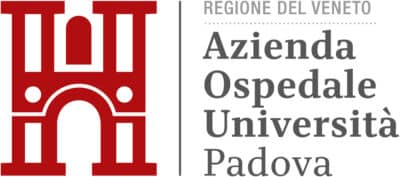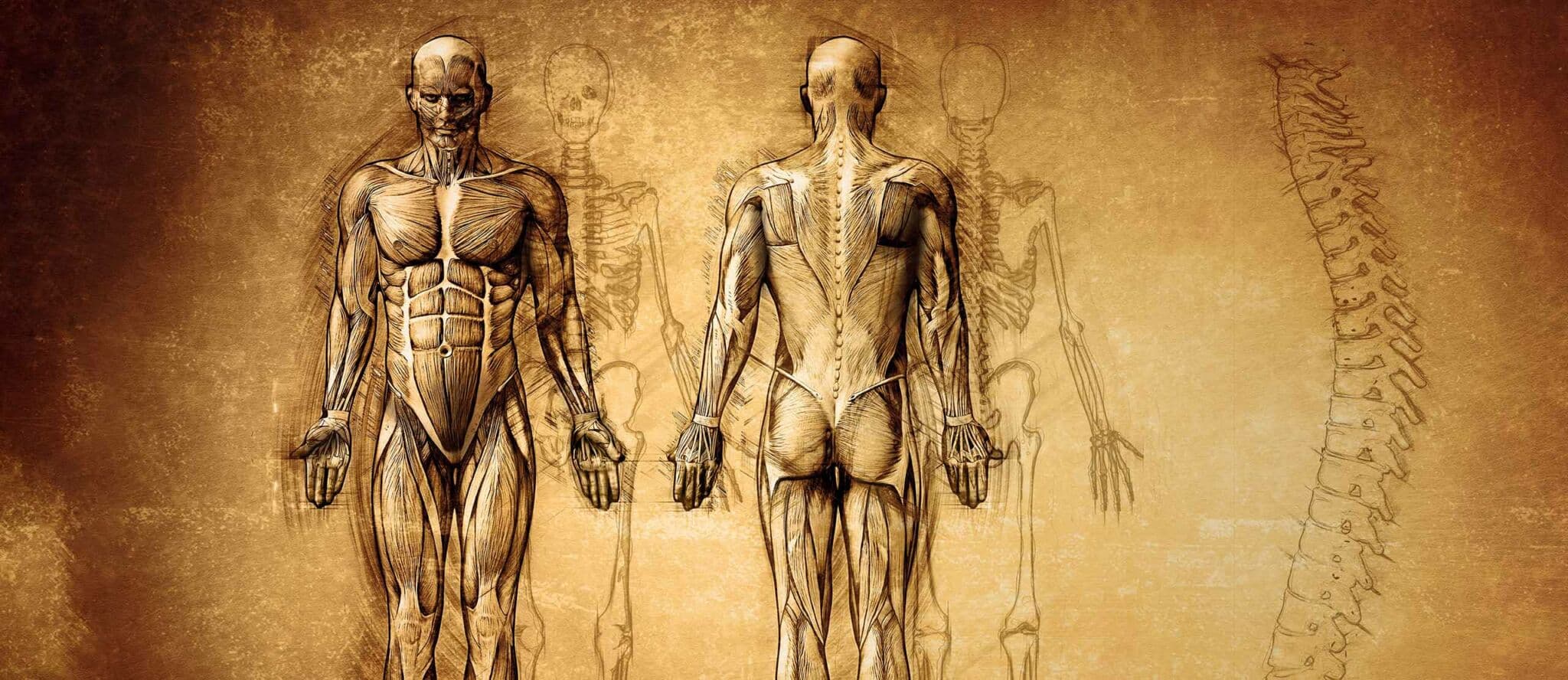

The Master’s Degree in ‘Pathologist’s Assistant: Autopsy, Histological and Molecular Techniques in Pathological Anatomy and Forensic Medicine’ prepares graduates in Biomedical Laboratory Techniques (TSLB) by providing them with the cultural foundations and advanced technical skills to support diagnostic and clinical activities in Pathological Anatomy.
The aim of the Master’s programme is consistent with the project of assisting pathologists in activities of lesser diagnostic importance, thus contributing to the optimisation of costs and reporting times without compromising quality.
The Master’s Degree in Pathologist Assistant: Autopsy, Histological and Molecular Techniques in Pathological Anatomy and Forensic Medicine offers a training programme aimed at providing in-depth knowledge of the organisation of the pathological anatomy laboratory and the dissection room, with particular attention to modern technologies applied in these fields.
The skills acquired enable professionals to fill an operational role between a three-year graduate in Biomedical Laboratory Techniques and a medical specialist. Under the direct supervision of the pathologist or forensic doctor, the pathologist’s assistant performs activities that are highly integrated with clinical activities, contributing significantly to the diagnostic process.
The First-level Short Specialisation Degree as Assistant to Pathologist: Autoptic, Histological and Molecular Techniques of Pathological Anatomy and Forensic Medicine is addressed to graduates in technical healthcare professions (Ministerial Class L/SNT3, achieved pursuant to MD 270/2004 or MD 509/1999, or equivalent titles) – biomedical lab techniques. Hands-on experience in the technical pathological anatomy and/or forensic medicine field represents a preferential access requirement.
The Master trains professional figures who support the anatomo-pathologists and forensic doctor activities on corpses. The purpose of the course is increasing the level of operative autonomy of TSLB staff in pathological anatomy and forensic medicine. The knowledge, competencies and abilities acquired help them carry out, in organizational autonomy and synergy with the medical staff, activities related to the autoptic practice, macroscopic examination of biopsy and operating room samples, choosing the technical strategies to adopt in each case and in interdisciplinary relation with the healthcare professionals of the clinical-care, surgical and intern areas.
Healthcare organizations can task professionals with a diploma in this Master with activities governed by the current regulation: L.43/2006 and National Labour Contract 2019-2021.
The Master’s Degree in Pathologist Assistant: Autopsy, Histological and Molecular Techniques in Pathological Anatomy and Forensic Medicine provides training in:
LABORATORY ORGANISATION AND MONITORING OF THE DIAGNOSTIC PROCESS, CERTIFICATION AND QUALITY CONTROL. PRINCIPLES OF STATISTICS AND CLINICAL EPIDEMIOLOGY
• Principles of clinical laboratory organisation
• Workflow indicators and certification process
• Quality control in the laboratory
• Basic concepts of statistics and clinical epidemiology; data processing (Excel)
ETHICAL PRINCIPLES, PRIVACY REGULATIONS, INTERDISCIPLINARY COMMUNICATION
• Legal, deontological and ethical responsibility
• Processing and protection of personal data (European Regulation GDPR 679/16) in clinical practice. Interdisciplinary communication
PRINCIPLES OF MICROBIOLOGY AND VIROLOGY
• Principles of microbiology and microbiological/virological techniques
• The diagnostic flow in the microbiology laboratory: sampling, transport and microbiological investigations on autopsy material
HEALTH SURVEILLANCE IN THE LABORATORY
• Chemical and biological safety in the pathological anatomy laboratory and autopsy room: theory and practice
BIOBANKING
• Purpose and operational organisation of biobanking (tissue samples and genetic material)
TOPOGRAPHICAL AND ORGAN ANATOMY
• Principles of topographical and organ anatomy (macroscopic, microscopic)
PATHOLOGICAL ANATOMY
• Pathological anatomy methodologies
TISSUE SAMPLING AND HANDLING PROTOCOLS
• Clinical rationale for post-surgical sampling
• Handling of biopsy samples
AUTOMATION IN PATHOLOGICAL ANATOMY
• Automation and traceability systems in pathological anatomy. Information and archiving systems in pathological anatomy
DIGITAL PATHOLOGY: IMAGE ACQUISITION AND TELEPATHOLOGY
• Telepathology and image acquisition techniques in pathological anatomy
CLINICAL AUTOPSY
• Principles of autopsies for clinical purposes; integration of autopsy findings and clinical history: theory and practice
• Cadaveric evisceration and sampling techniques
• General principles of perinatal and foetal pathology
MOLECULAR BIOLOGY IN PATHOLOGICAL ANATOMY
• Principles and techniques of extractive/in situ molecular pathology in Pathological Anatomy
• Principles and techniques of predictive genomics
MEDICO-LEGAL AUTOPSY: PRINCIPLES AND TECHNIQUES
• Notions of forensic pathology, autopsy legislation, mortuary police regulations
• Forensic autopsy diagnostic protocols: exercises
NEW FRONTIERS IN PATHOLOGICAL ANATOMY: VIRTUAL AUTOPSY
• A bridge between Radiodiagnostics and Forensic Medicine: description and fields of application of virtual autopsy
• Multislice CT, NMR spectroscopy, post-mortem angiography
APPLICATIONS OF ARTIFICIAL INTELLIGENCE
• Clinical applications: principles and practice
SEMINARS
THE EMERGING ROLE OF THE PATHOLOGIST’S ASSISTANT AND CURRENT LEGISLATION
• State of the art on ‘The pathologist’s assistant as a new specialist professional’
CRIMINOLOGY
• Criminology and autopsy activities
PATHOLOGICAL ANATOMY 2.0
• The pros and cons of predictive molecular pathology
The training programme takes into account the degree courses specific to this profession already in place in Anglo-Saxon and US countries, where the pathologist’s assistant is historically recognised as a specialist professional. The modules are divided into four thematic areas, which include: Laboratory and Autopsy Room Organisation, Pathological Anatomy, Forensic Medicine, and Statistics and Data Processing, in order to cover all areas of interest to the pathologist’s assistant.
The course aims to implement and deepen the knowledge of Anatomy and Pathological Anatomy, General Pathology and Forensic Medicine of students attending the Master’s programme. What determines the awareness of the value of one’s work, as well as the ability to solve problems, is the experience gained in the field through training internships and practical exercises. The qualification obtained will therefore be a valuable asset for collaborations and training periods at European or American universities.
The general ranking of merit will be published on the Italian page of this Master according to the timing provided in the Call.
Information
FAQ
Similarly to the other Post-Graduate Courses, any credit matching the various educational activities offered is subject to periodical verifications of the competencies acquired. The Master’s Diploma is subject to passing one or more final exams that evaluate the overall competencies acquired, also taking into account the hands-on practice. The Master’s Scientific Committee may recognize as acquired credits, for the purpose of completing the Master, with consequent reduction of the training credits required, documented pathological anatomy lab practice (employees in private or public facilities with fixed-term/permanent contract) up to 4 CFU per work semester. Semester fractions will not be considered. A maximum of 12 CFU may be recognized.
The educational course includes lessons and traineeship or clinical-care/diagnostic-instrumental practice. Lessons will be held both in-person and in synchronous online mode. For each module, there will be an oral or written evaluation test (at the professor’s discretion).
The Traineeship can be completed in Padua and/or in the UOC of Pathological Anatomy of the Veneto Region, or other Region affiliated with UNIPD.
The hands-on activities will include lab practice, examinations and anatomic sample handing, and autopsy room practice.
The training program includes seminars held by university professors or external experts, both in-person and online.
The final exam includes the drafting and presentation/discussion of a project work.
The Organizing Committee did not include any forms of facilitation for deserving students or for employees of the University Hospital University of Padua. Every attendee is free to search for any possible economic support from sponsors or other private institutions.
The admission notice contains the contact details (telephone, e-mail address, etc.) of the contact person who can be contacted for information on the administrative procedures for registering for the Master. For information on the course content and the schedule of lessons, please contact the following e-mail addresses:
barbara.sartini@aopd.veneto.it
gemma.rocco@aopd.veneto.it

